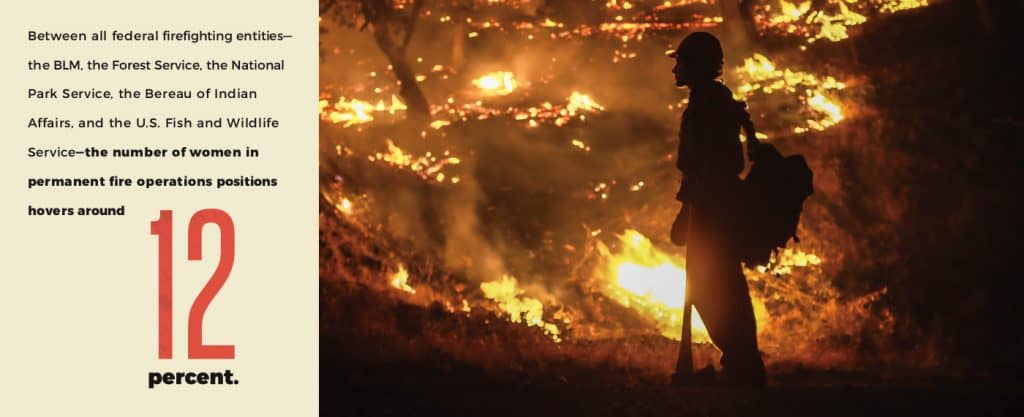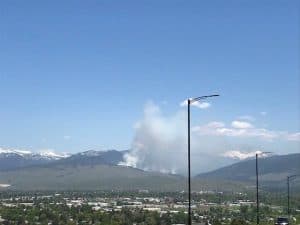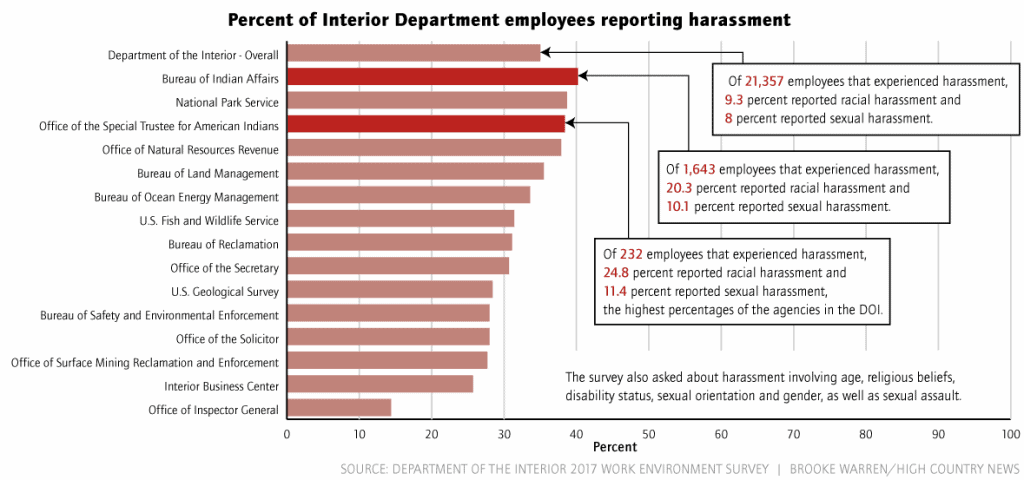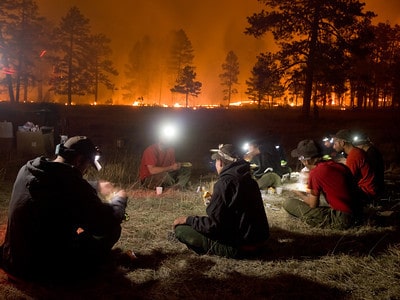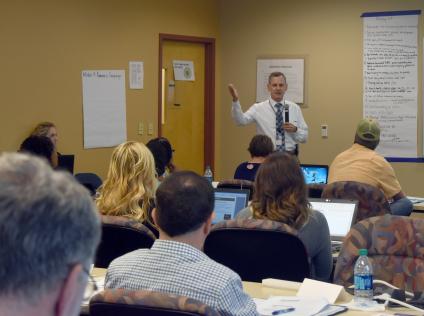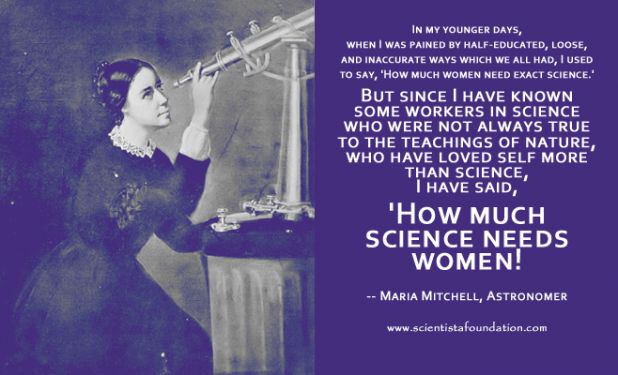Here’s an interesting and sad story from Outside Magazine. You pretty much have to read the whole thing. The headline is about the Forest Service and much of the story is about that, but part is also about how complaints are handled at USDA.
Rumor has it that NBC Dateline is running a 10 minute segment on the Forest Service – tomorrow (Fri, 8/31)
I’ve got two comments to add to this story from my own experiences.
(1) the story says..”The Forest Service responded by flooding the region with women it had done little to train, and a backlash ensued, as many men felt they were passed over for jobs.” Where I was, on the Eldorado National Forest in timber management working for Rex Baumback, he was able to hire many women simply by getting us from other Regions and the private sector. My attempt to hire the most qualified person in the country from North Central Station (woman) was made difficult because she came with a husband who needed to be employed (!). Rex and others managed to work it through. I think people like Rex proved it was possible to meet the Decree and also have highly qualified employees, but the way the Region went about it was alternating incompetence with (disproportional, IMHO) pushback, and shooting themselves in the foot repeatedly (incompetence? malevolence? who can know?).
Region 6, where I had come from, had a more pragmatic “well, we have to hire women I guess we have to figure out how to do it” attitude. Men, and non-diverse people, and diverse people are being, and have been, passed over for jobs for a variety of reasons. There tends to be resentment, but it seemed to me that resentment had almost a place of honor in (some places in) R-5 that it did not in other places I worked before and after.
(2) A person can get the impression from this story that these (EEO and grievance) processes and the people involved are incompetent and/or corrupt. I will share my own most recent story of filing a grievance in a later post, but the long and short of it is, the people were uniformly helpful and it worked out for me. With one exception, like these folks experienced, once you’ve done it you tend to be a persona non grata because you are not “taking one for the team” (yes, the same team that decided to mistreat you). The idea seems to be that if you stumble into one of these organizational grievance swamps, you should sink gracefully out of sight rather than fight.
If others would like to share their experiences with these processes, positive or negative, please do so below, or you can email me and I will keep your identity private. This is truly stressful and heartbreaking work for those folks, and I think the ones who are doing it right need to be noted and honored (I would also put the Employee Relations folks in this group). They are the only folks standing between employees and really, really bad situations. When they screw up, it is terrible. But many times they do not. Honestly, I can’t say enough good things about the people I worked with, and their help during a stressful and difficult time.

